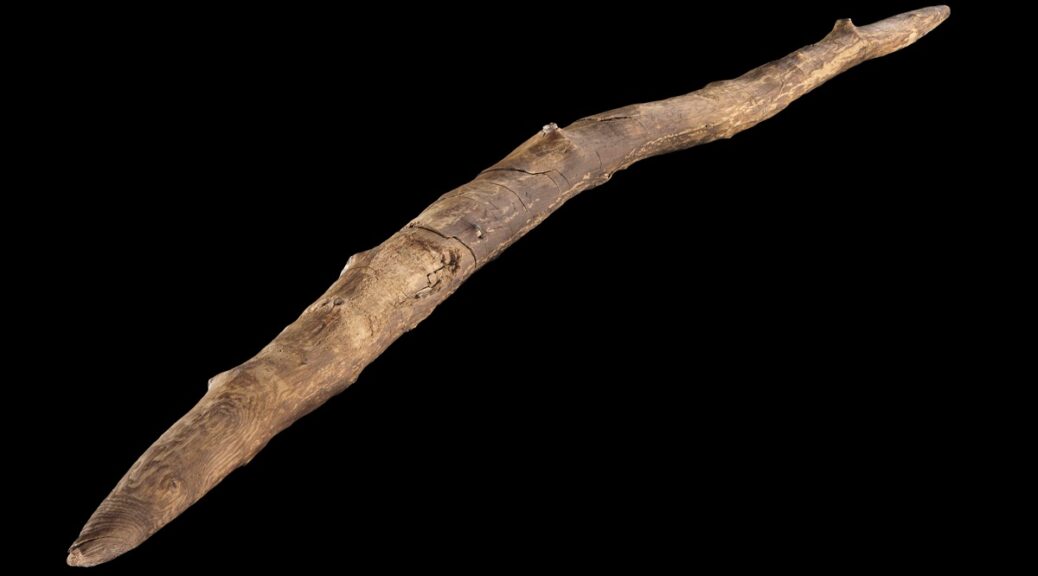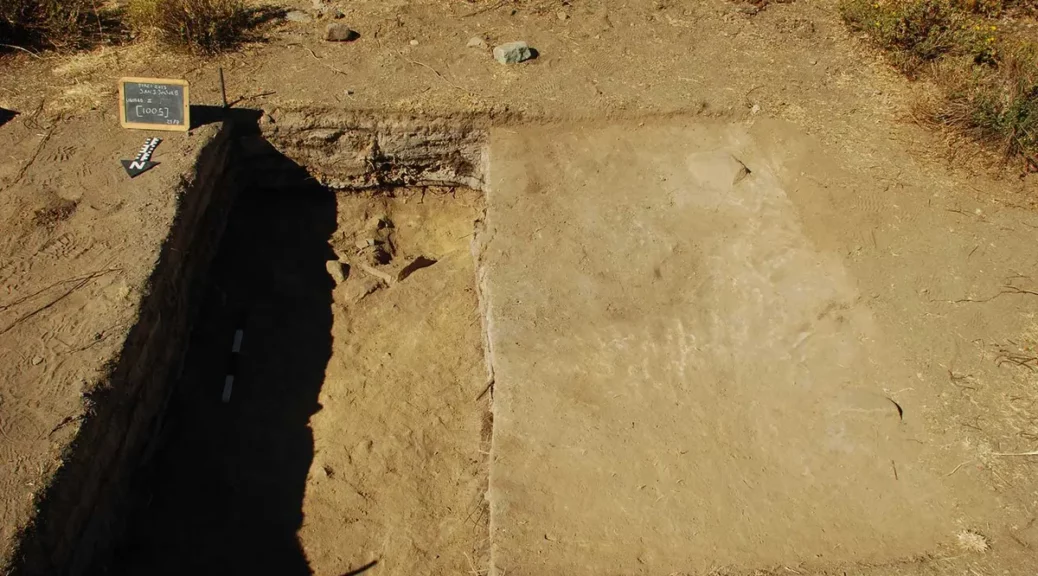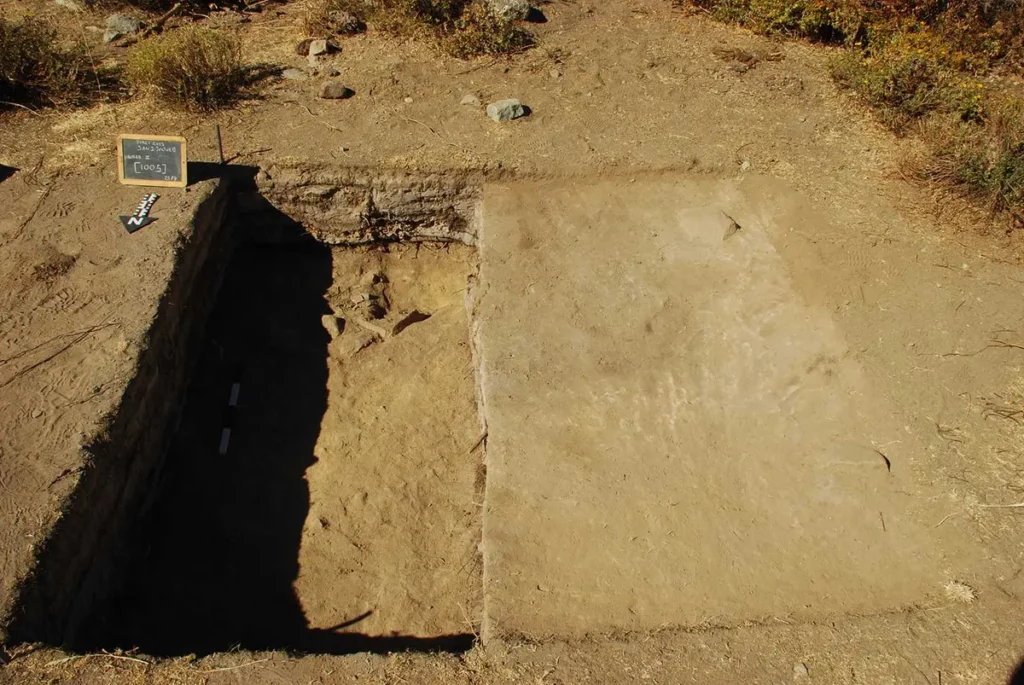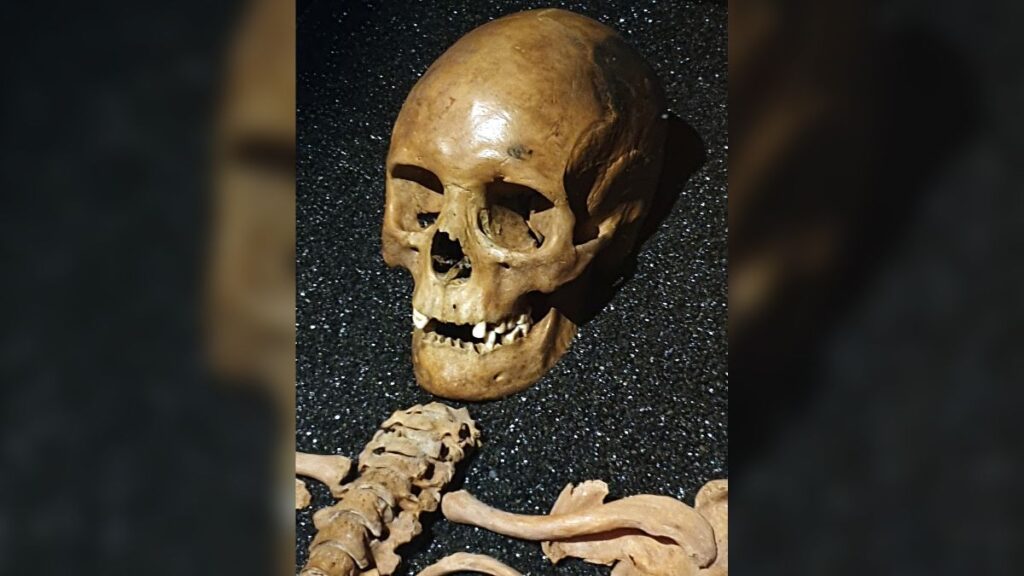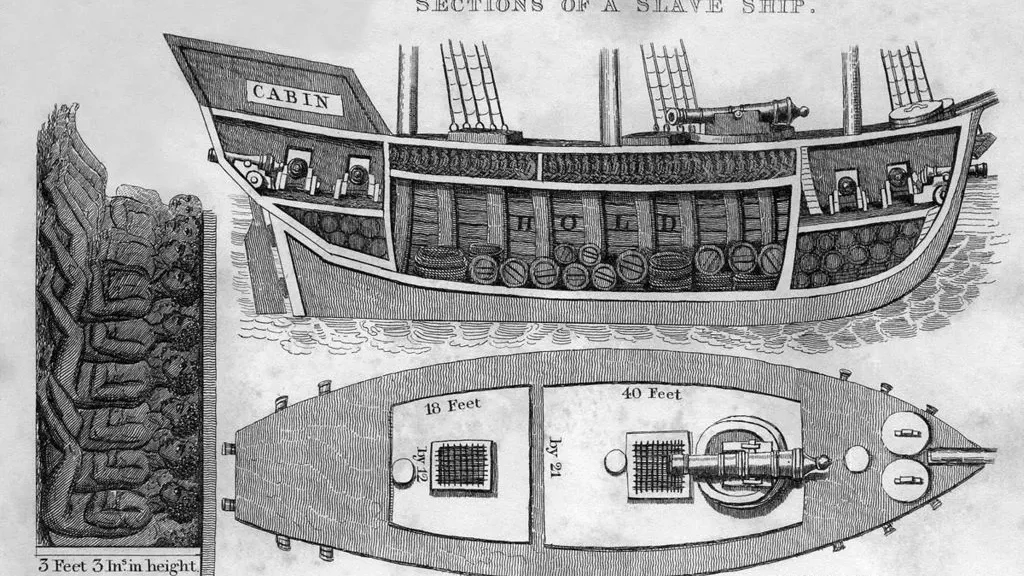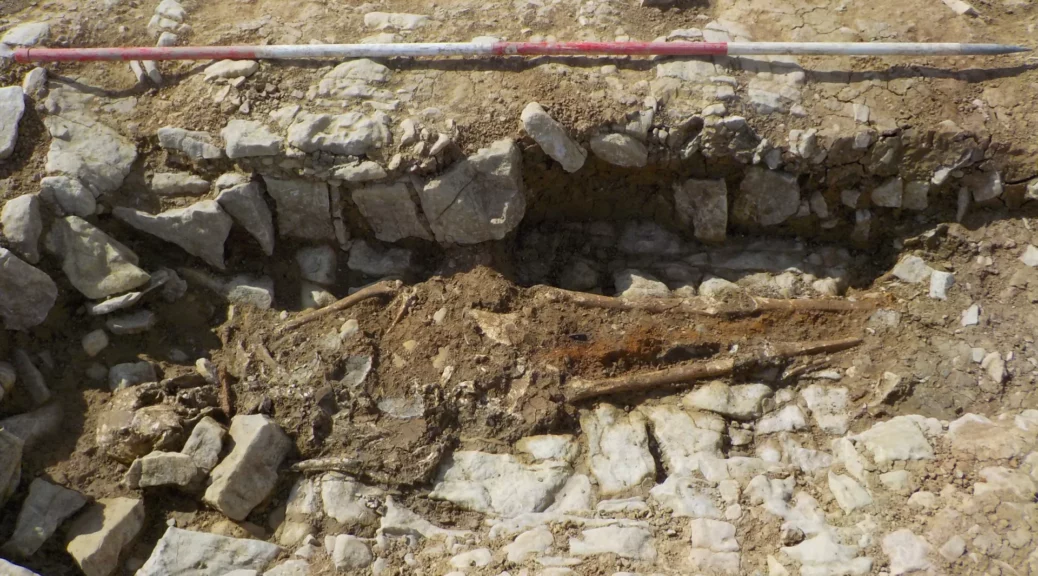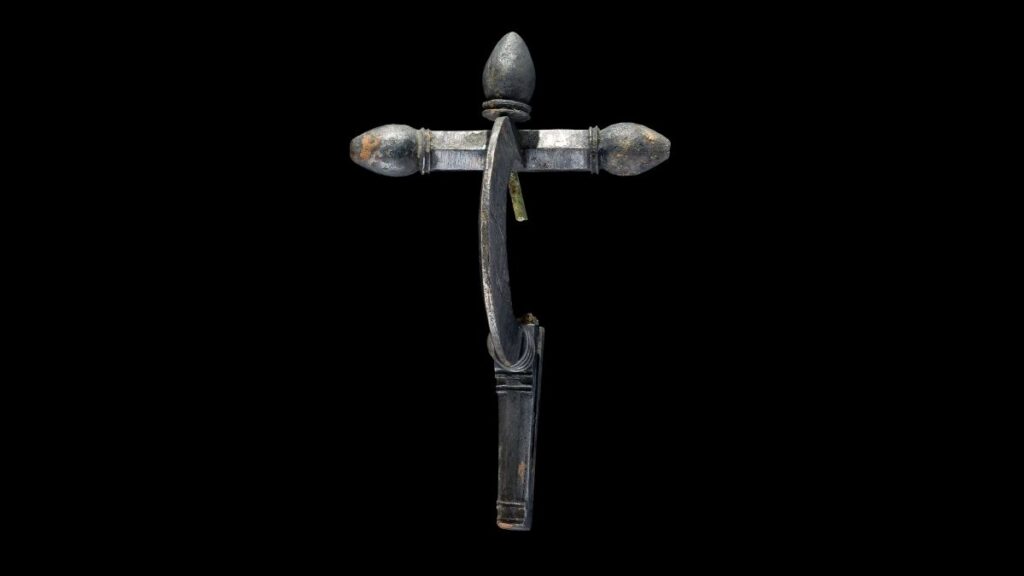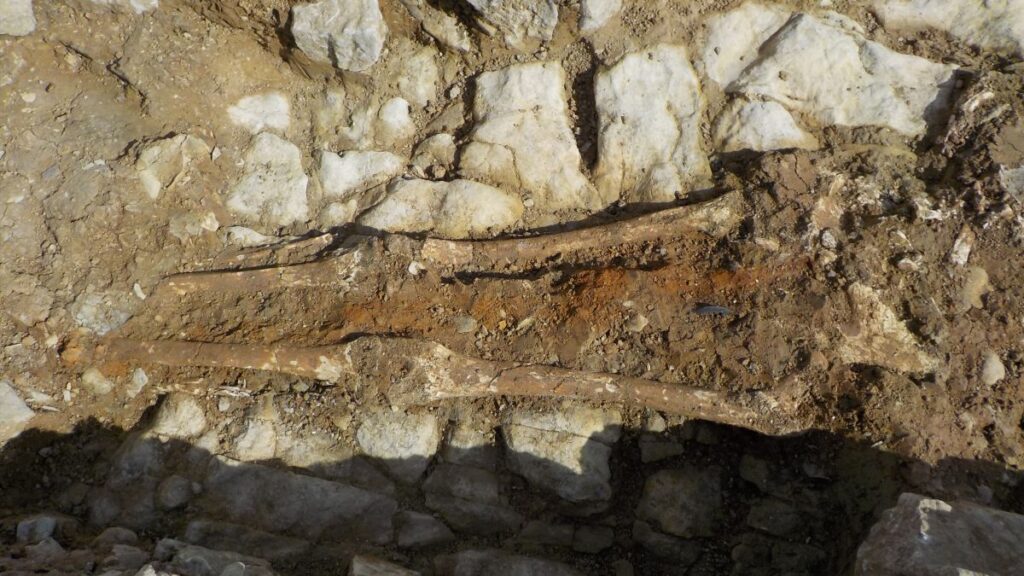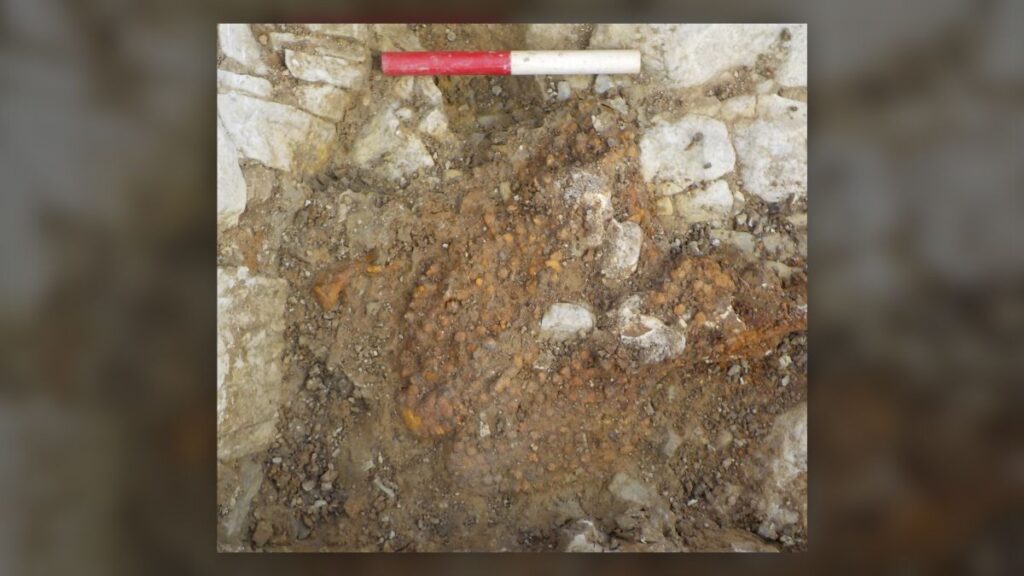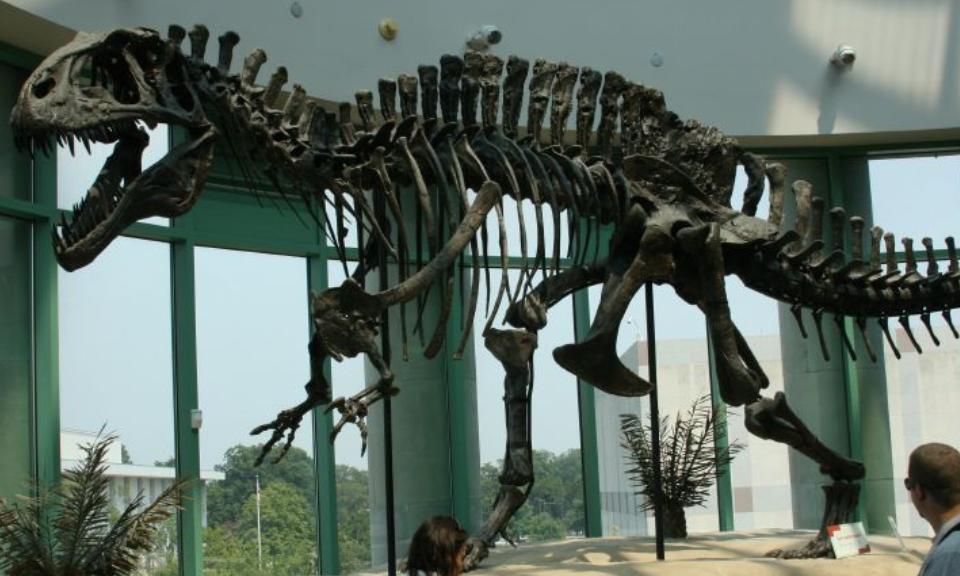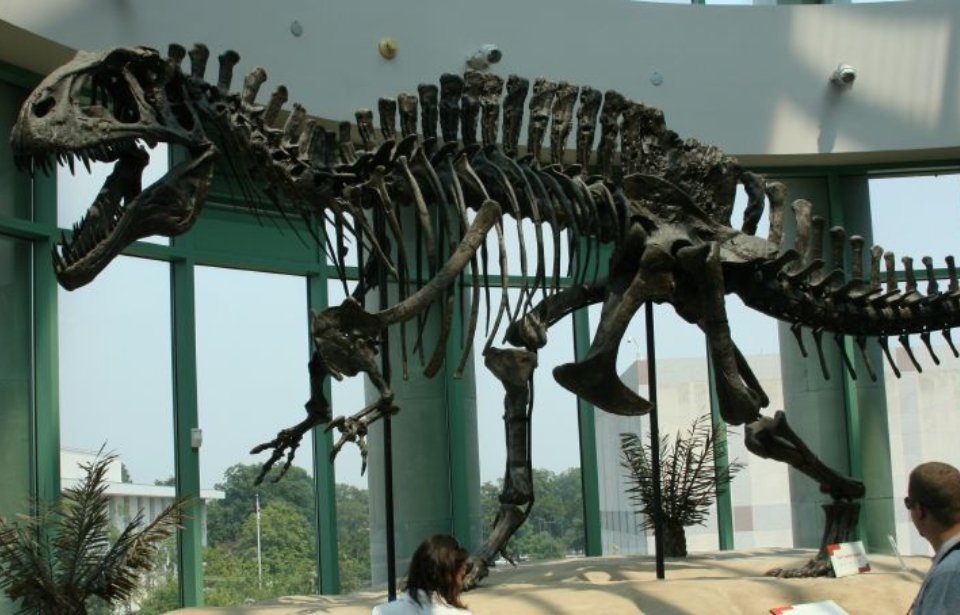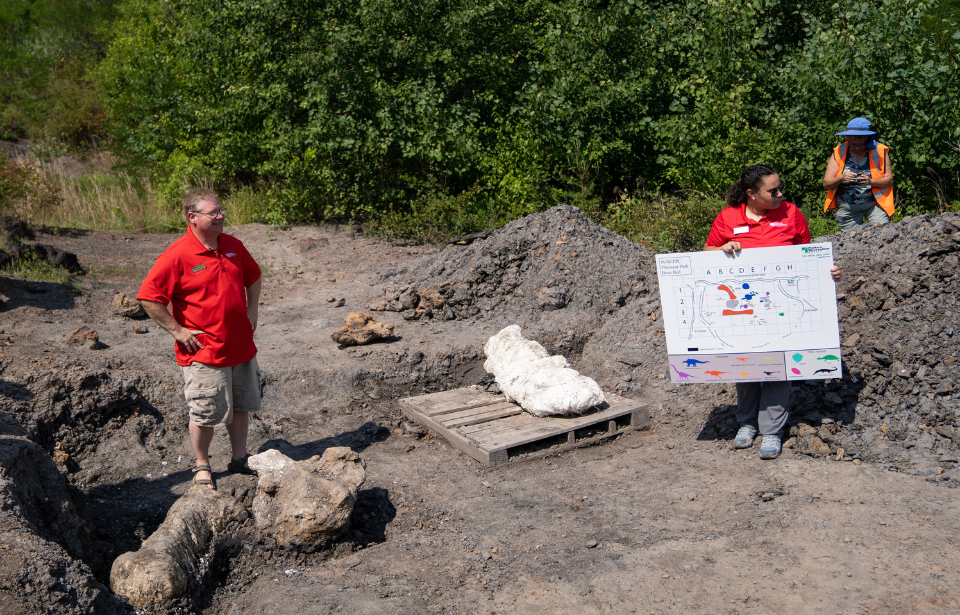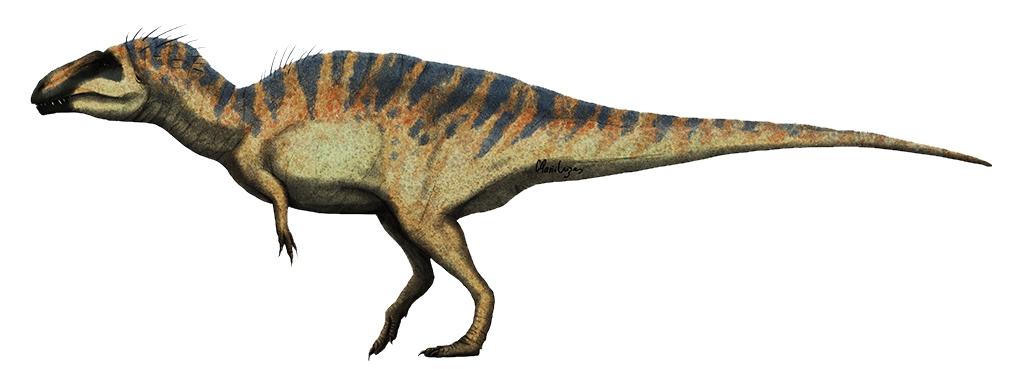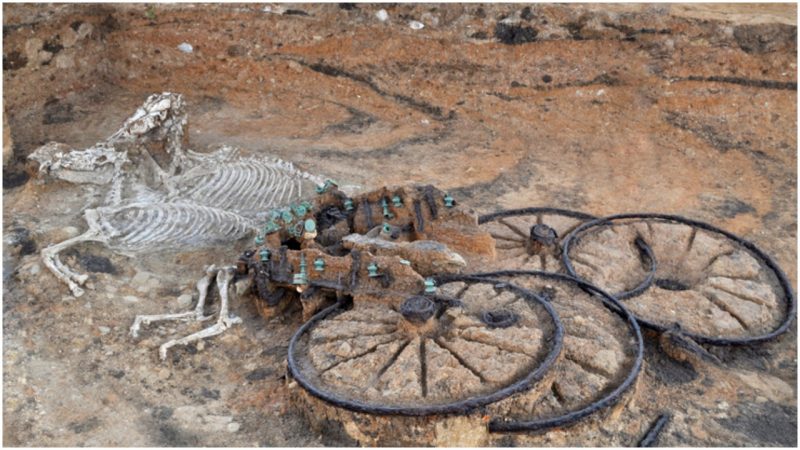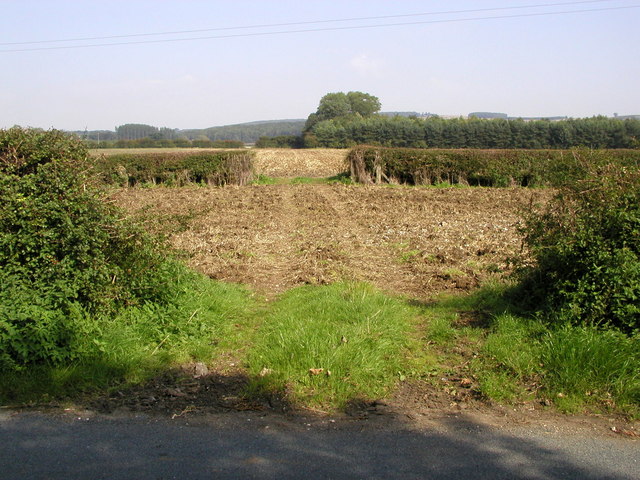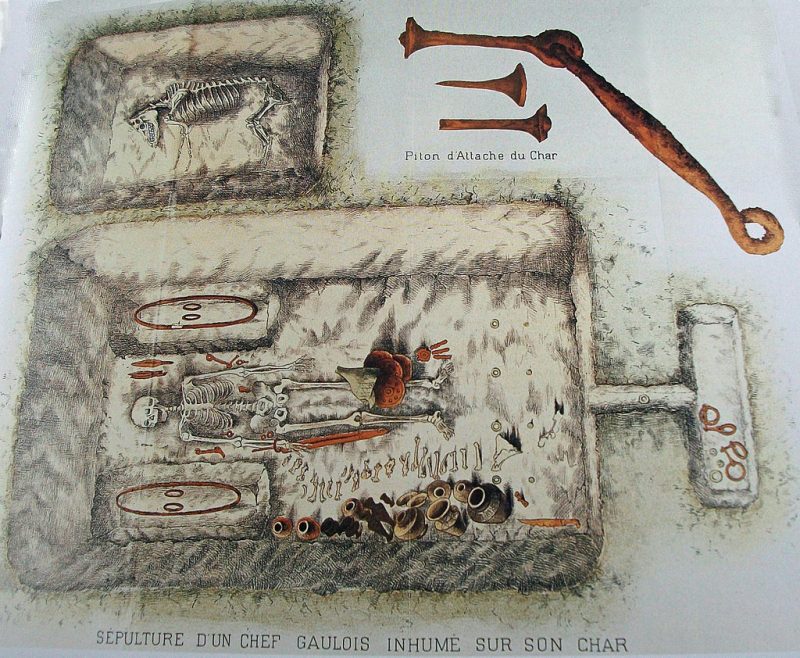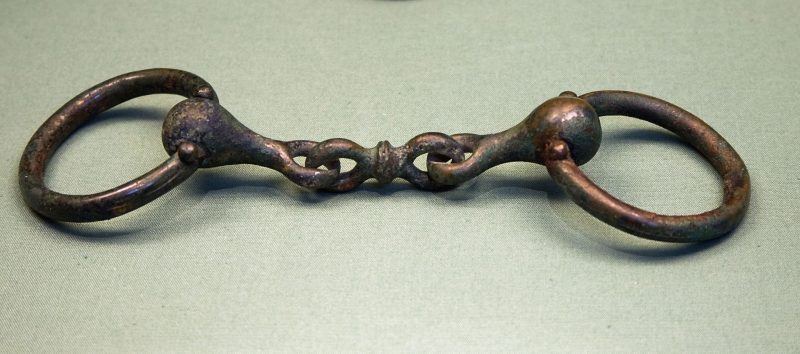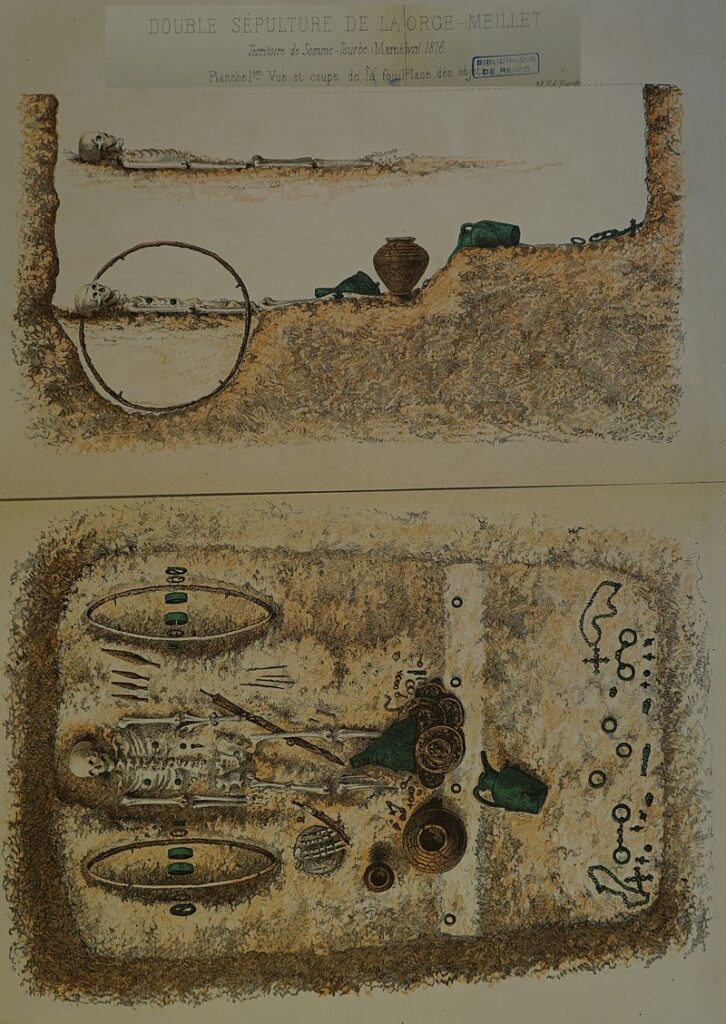300,000-year-old double-pointed stick among oldest record of human-made wooden tools
Archaeologists have unearthed the oldest large collection of wooden tools made by humans at a site in Schöningen, Germany. The artefacts date back to about 300,000 years ago.
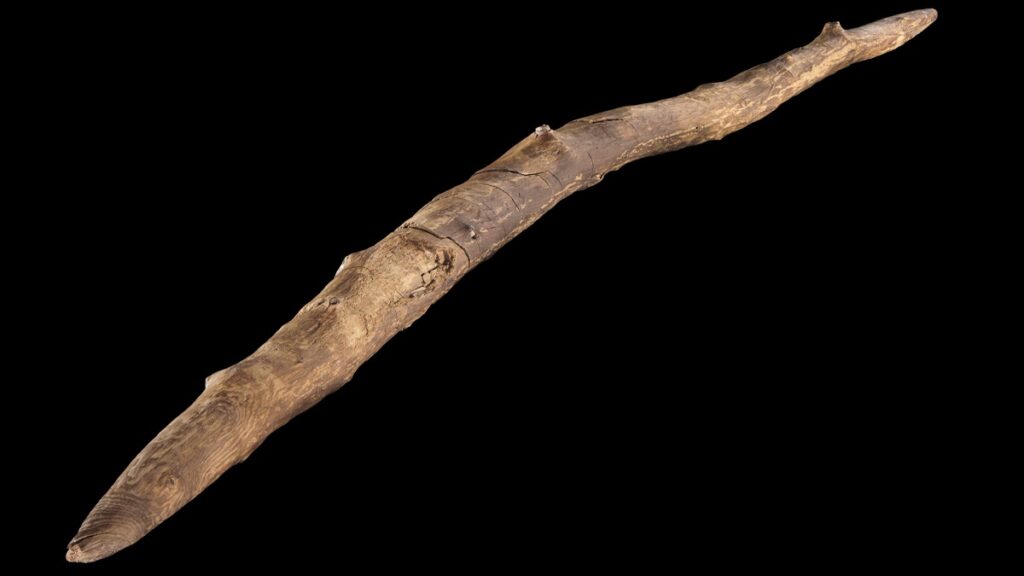
Included in what ancient people left behind are wooden spears and shorter throwing sticks that have been sharpened at both ends.
It is unclear exactly which hominin is responsible for producing the tools, but their age suggests either Homo heidelbergensis or Homo neanderthalensis.
The collection has been analysed before, but further analysis has been required to gain deeper insight into how the tools were used.
The 300,000-year-old tools found at Schöningen were analysed using micro-CT scanning, 3D microscopy and infrared spectroscopy to better understand how they were made and their potential uses. The results are published in the PLOS ONE journal.
The double-pointed stick in particular reveals new human behaviours for the time period. Made from spruce, the branch was debarked and shaped for aerodynamics and ergonomics.
It is believed the wood was seasoned to prevent it from cracking and warping.
New insights from the detailed multi-analytic techniques suggest that the main purpose of the tool was as a throwing stick for hunting. This indicates “potential hunting strategies and social contexts including for communal hunts involving children,” the researchers write.
“The Schöningen throwing sticks may have been used to strategically disadvantage larger ungulates [hooved animals such as deer and antelope], potentially from distances of up to 30 metres.”
“In illustrating the biography of one of Schöningen’s double-pointed sticks, we demonstrate new human behaviours for this time period, including sophisticated woodworking techniques,” the authors write.
These are also not the only ancient tools that have been found at the site. In 2012, researchers found that 171,000-year-old tools found at Schöningen were probably made using fire.
Though it is the oldest collection of wooden tools anywhere in the world, the Schöningen spears are not the oldest known tools made from wood.
In 1911, an artefact now known as the “Clacton spear” was discovered near the English seaside town of Essex. It is believed to be the 400,000-year-old tip of a spear, making it the oldest known wooden tool.
